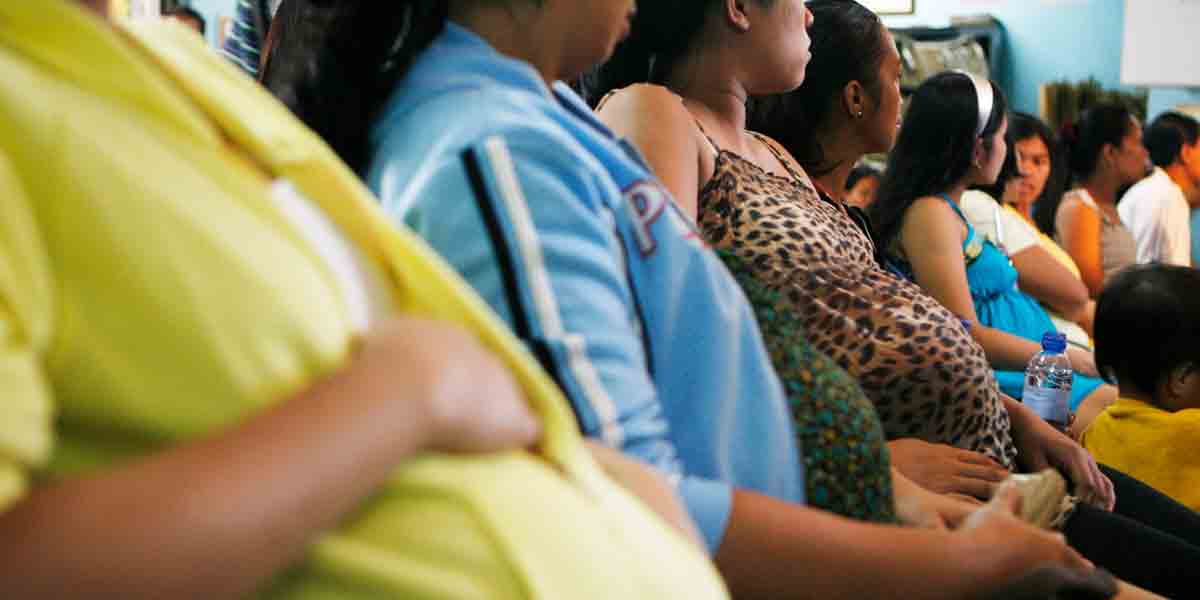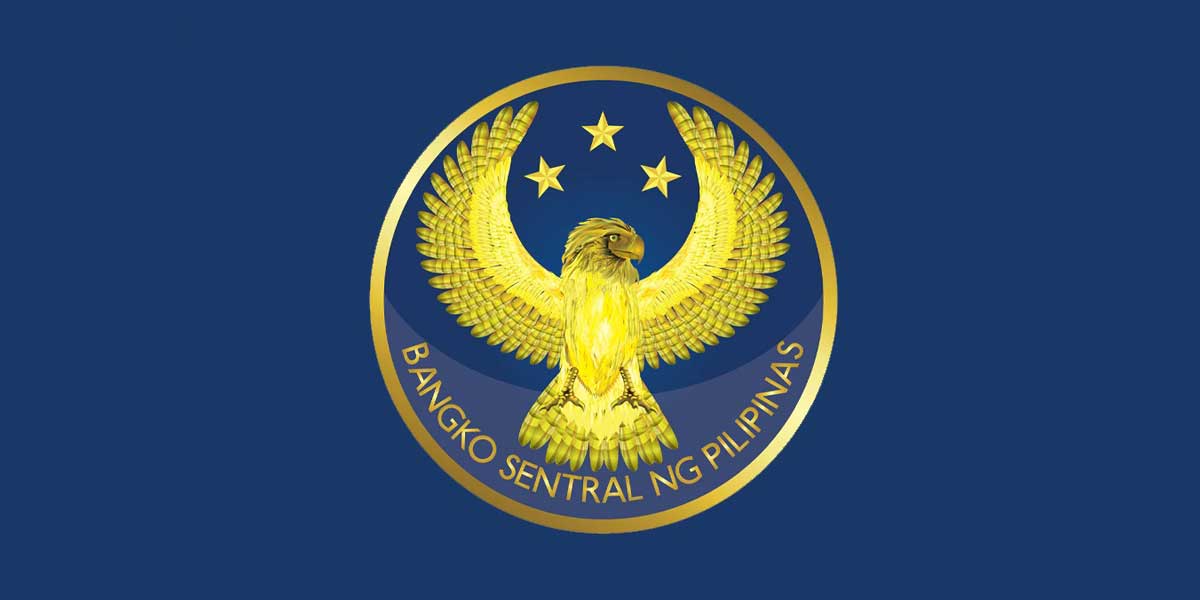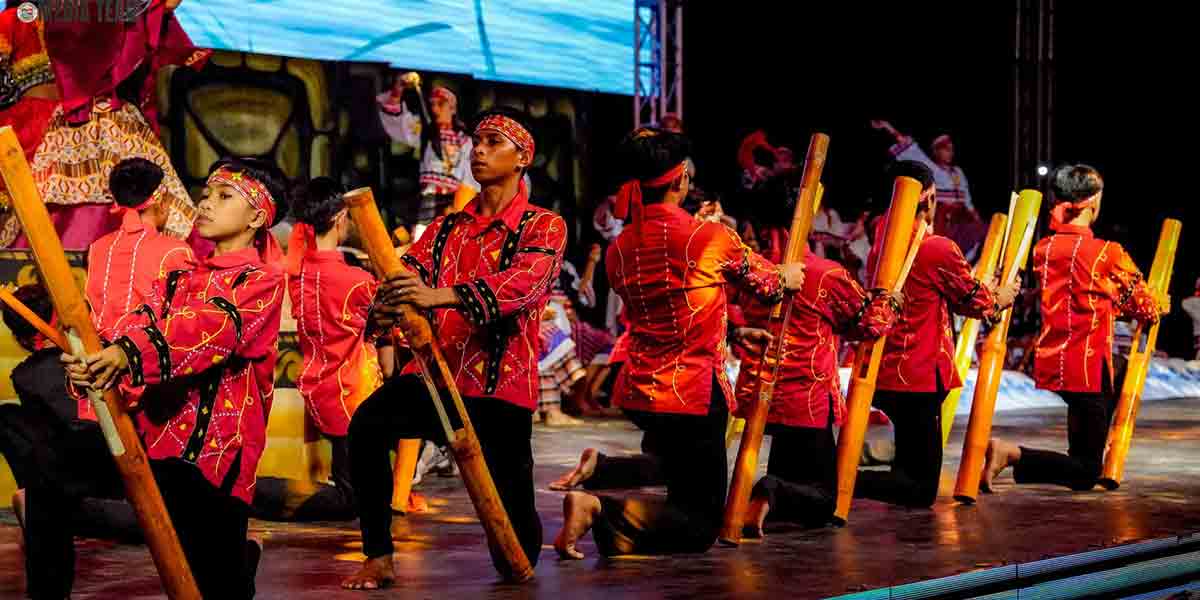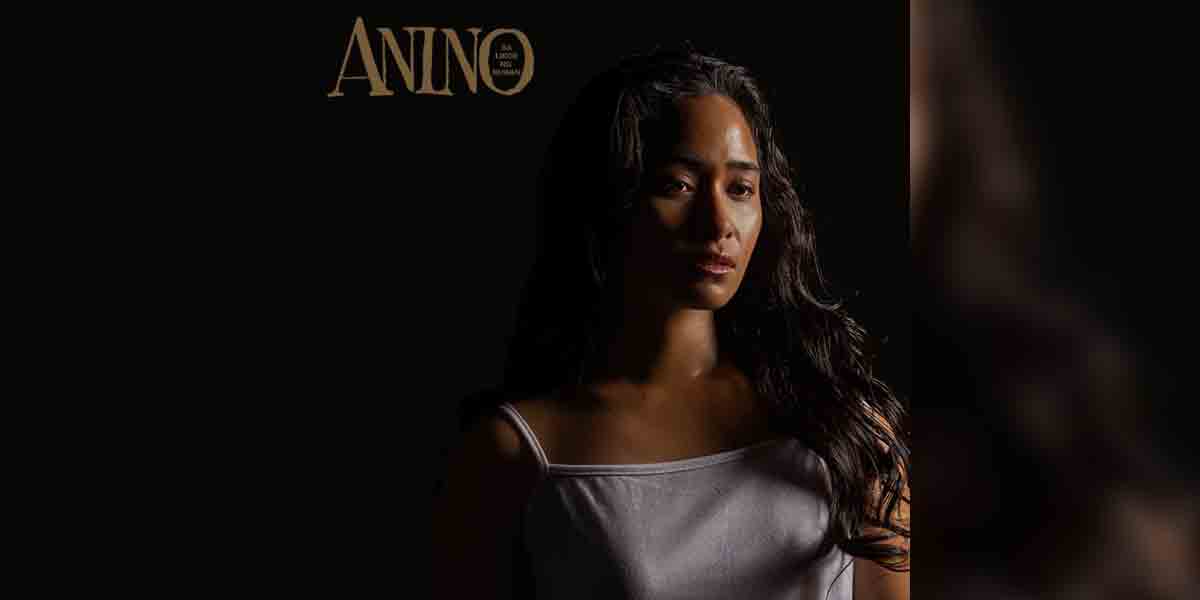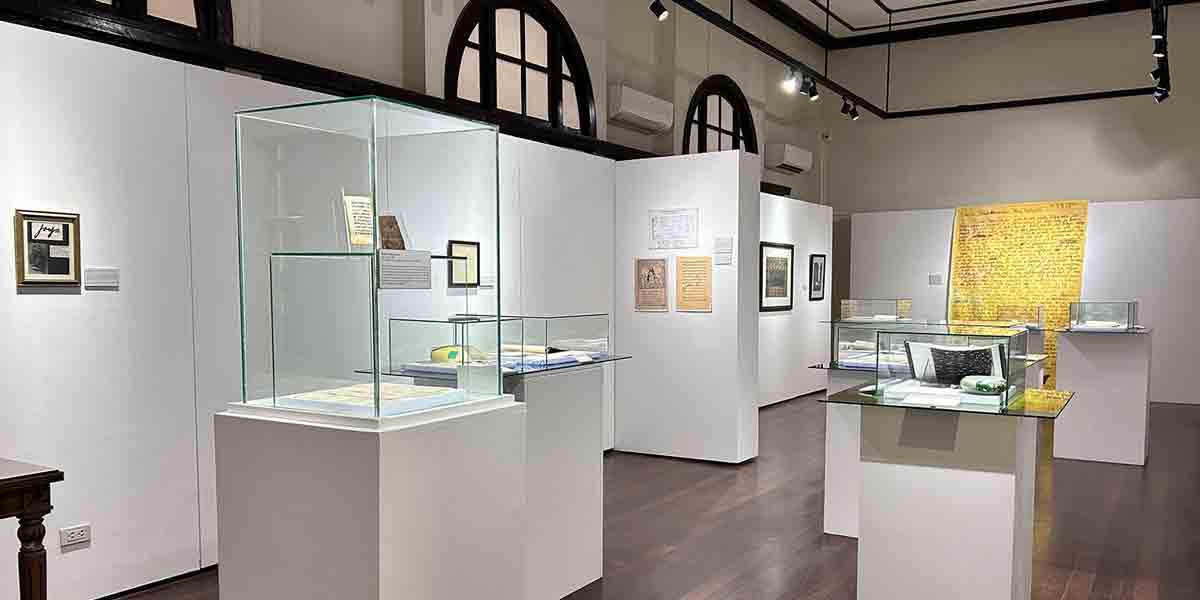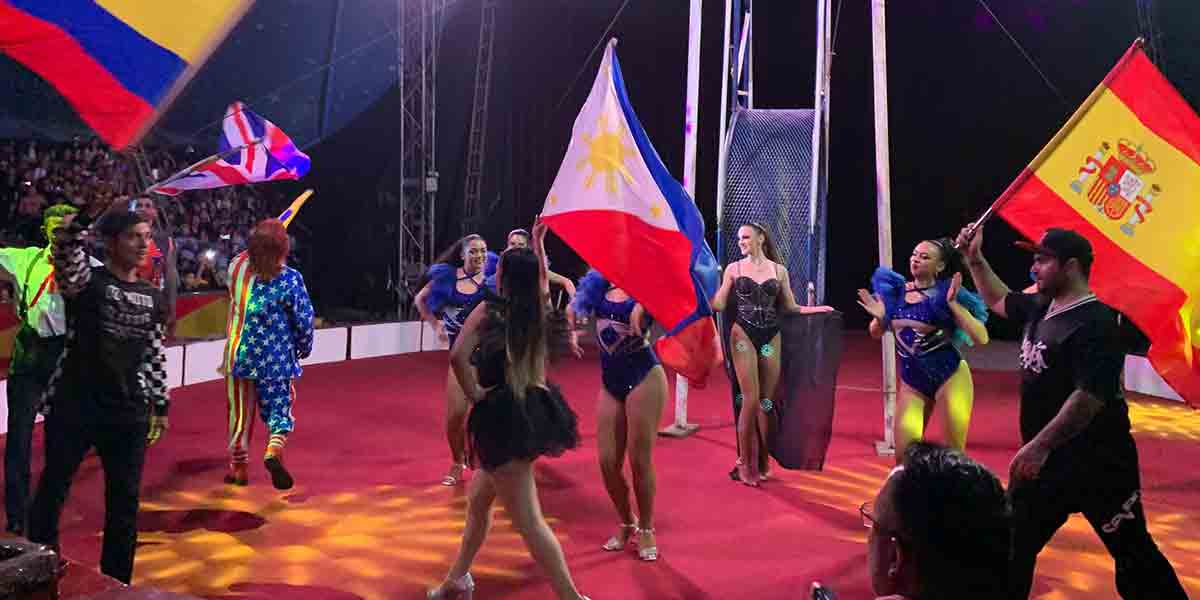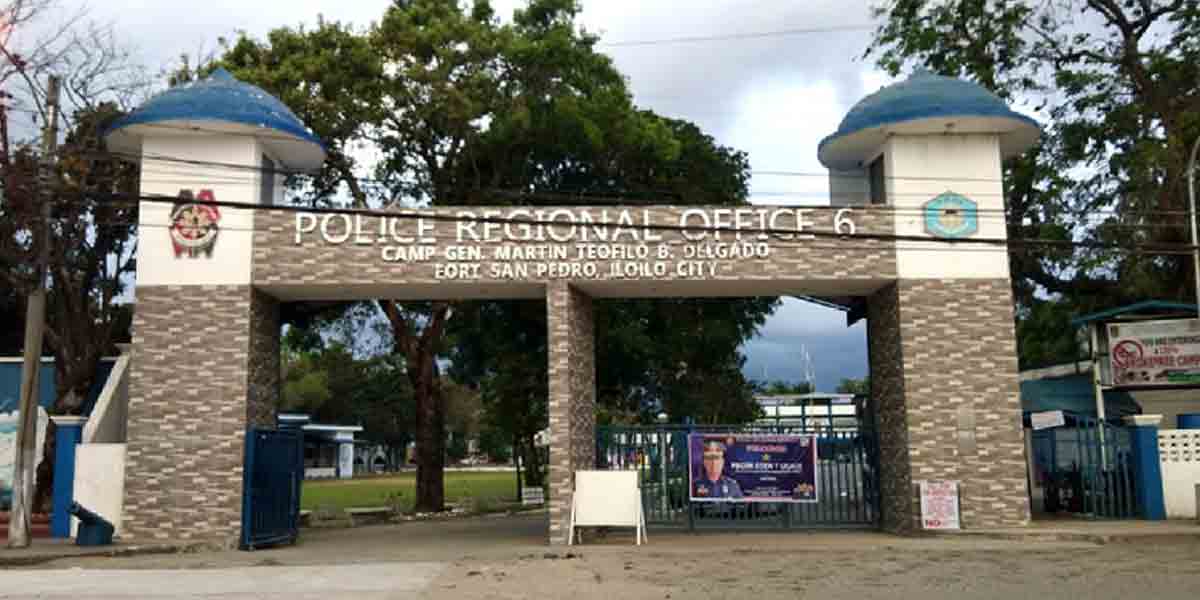 By Limuel S. Celebria
By Limuel S. Celebria
The early versions of the Dinagyang, or the Iloilo Ati-Atihan as it were, was farcical, more comic than consequential. The competing tribes were garbed in robes more appropriate for the cenaculo or the dramatic interpretations of Christ’s sufferings during Easter. Until now, how the Roman centurion costume became part of the Iloilo Ati-Atihan still boggles my mind. What were they thinking?
Later, the Ati-Atihan became more in tune with its origins. Tribal performers were daubed in charcoal or industrial soot to simulate dark-skinned natives paying tribute to the Baby Jesus or Senor Sto. Nino – yet another historical anomaly. But the ritual dances, two-step jigs accompanied by the booming thunder of drums and an occasional cowbell — were still a farce. The Ati did not dance that way. Had they tried to mimic Jacky Chan and his choreographed fights in Drunken Master (a big hit in the 70s), they would have been closer to reality. For indeed much of the Ati we saw during those days was a drunken fool often berating his wife ‘neath some dark building, mostly in UI.
Yet, the Iloilo Ati-Atihan gained a lot of traction. Everybody got involved. Everybody joined the fun. There was a time, in fact, when two Ati-atihans were held simultaneously – one sponsored by the City Government and the other by the San Jose church. Fortunately, the rift was mended the following year and all was forgotten.
To make better sense of the Dinagyang, it was expanded to include the Kasadyahan on Saturday. This probably saved the day as it featured culture – native dances (Tinikling, Curacha, Fandango sa Ilaw, Maglalatik, to name a few) performed by dance troupes from the different colleges and universities. I remember a good friend, Cris Barrera a PE teacher of WVSU who epitomized dance as art.
Suffice it to say. The Dinagyang evolved inevitably. As facets of culture and history were infused into the presentations, they became grander and more elaborate. The costumes became more colorful and intricate, the dances more effervescent.
The Dinagyang became a tourism platform for the City of Iloilo but also an opportunity for festivals in the towns of Iloilo and other provinces in the region, to showcase their own local festivals. At first, some towns and provinces (Guimbal and Antique’s Binirayan come to mind) competed in the Ati-Atihan contest which is the highlight of the Dinagyang Festival. Later on, the Kasadyahan on Saturday gave way to presenting other festivals in the region like Bacolod’s Masskara, Guimaras’ Manggahan, Maasin’s Tultugan. Several years ago – a province in Mindanao (I forgot which, sorry), brought their own festival to the Dinagyang to entice Ilonggos to visit their place.
Over the years, the Ati-Atihan presentations have evolved too. Far removed from mimicking the bouncy choreography from Eddie Murphy’s Coming to America film, the performances in recent years have gone over the top with excessively elaborate props, stage risers, and papier-mache giants and supernatural creatures. Instead of adhering to Dinagyang’s roots, Dinagyang choreographers allowed themselves to be influenced by other festivals from other regions, other cultures. Which, of course, is simply par for the course, considering Dinagyang’s roots.
This year promises to be better. Again, thanks to the Iloilo Festivals Foundation, Inc. (IFFI). Props have been limited and the Arena-type presentations promise to be very exciting. Iloilo City is leveling up. And so is the Dinagyang.

